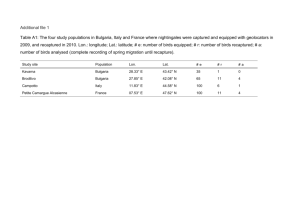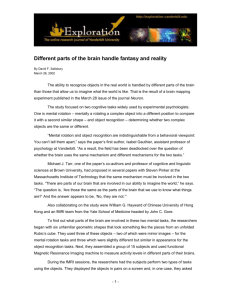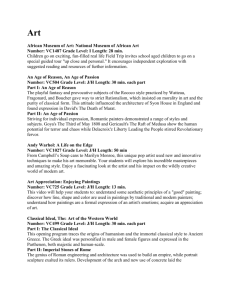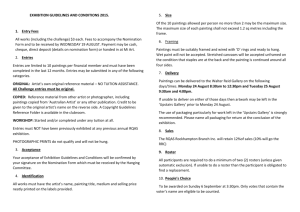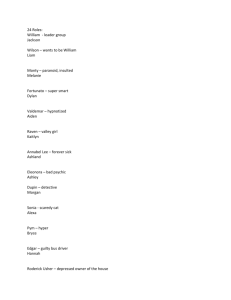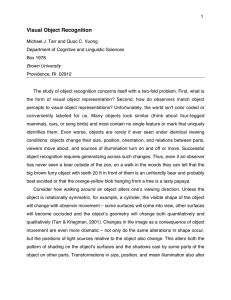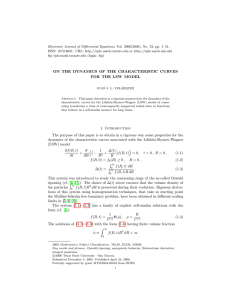To essay click here
advertisement
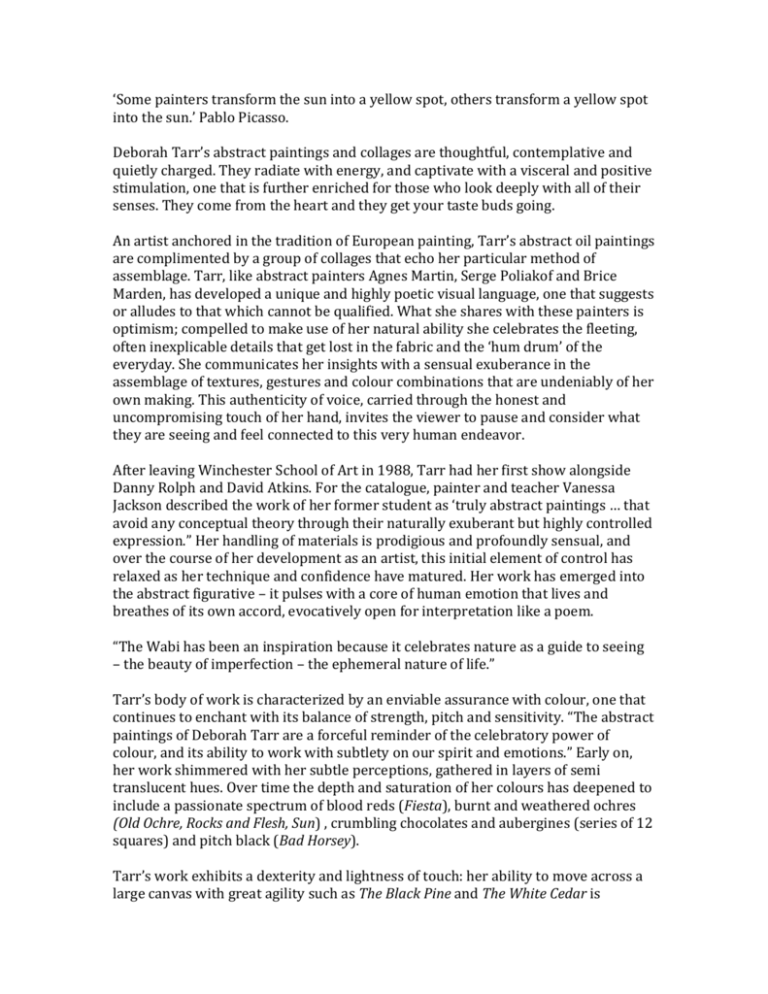
‘Some painters transform the sun into a yellow spot, others transform a yellow spot into the sun.’ Pablo Picasso. Deborah Tarr’s abstract paintings and collages are thoughtful, contemplative and quietly charged. They radiate with energy, and captivate with a visceral and positive stimulation, one that is further enriched for those who look deeply with all of their senses. They come from the heart and they get your taste buds going. An artist anchored in the tradition of European painting, Tarr’s abstract oil paintings are complimented by a group of collages that echo her particular method of assemblage. Tarr, like abstract painters Agnes Martin, Serge Poliakof and Brice Marden, has developed a unique and highly poetic visual language, one that suggests or alludes to that which cannot be qualified. What she shares with these painters is optimism; compelled to make use of her natural ability she celebrates the fleeting, often inexplicable details that get lost in the fabric and the ‘hum drum’ of the everyday. She communicates her insights with a sensual exuberance in the assemblage of textures, gestures and colour combinations that are undeniably of her own making. This authenticity of voice, carried through the honest and uncompromising touch of her hand, invites the viewer to pause and consider what they are seeing and feel connected to this very human endeavor. After leaving Winchester School of Art in 1988, Tarr had her first show alongside Danny Rolph and David Atkins. For the catalogue, painter and teacher Vanessa Jackson described the work of her former student as ‘truly abstract paintings … that avoid any conceptual theory through their naturally exuberant but highly controlled expression.” Her handling of materials is prodigious and profoundly sensual, and over the course of her development as an artist, this initial element of control has relaxed as her technique and confidence have matured. Her work has emerged into the abstract figurative – it pulses with a core of human emotion that lives and breathes of its own accord, evocatively open for interpretation like a poem. “The Wabi has been an inspiration because it celebrates nature as a guide to seeing – the beauty of imperfection – the ephemeral nature of life.” Tarr’s body of work is characterized by an enviable assurance with colour, one that continues to enchant with its balance of strength, pitch and sensitivity. “The abstract paintings of Deborah Tarr are a forceful reminder of the celebratory power of colour, and its ability to work with subtlety on our spirit and emotions.” Early on, her work shimmered with her subtle perceptions, gathered in layers of semi translucent hues. Over time the depth and saturation of her colours has deepened to include a passionate spectrum of blood reds (Fiesta), burnt and weathered ochres (Old Ochre, Rocks and Flesh, Sun) , crumbling chocolates and aubergines (series of 12 squares) and pitch black (Bad Horsey). Tarr’s work exhibits a dexterity and lightness of touch: her ability to move across a large canvas with great agility such as The Black Pine and The White Cedar is matched by a capacity to control and concentrate her movement into a small study series. And the Sun was a Demon contains all the searing heat of an afternoon’s burnt flesh, whilst the matt and powdery textures in Flat Land are reminiscent of Pierre Soulages mineral experiments. A recognizable feature of her work is a process of layering and building from the center out. She expands or builds each composition through translucent layers of paint that carry the history of what lies beneath. The vertical placement of colours is a schematic recurrence in her work, and by paying attention one can begin to recognise the nuanced beats and strokes. With landscape and place often referenced in the title, many of Tarr’s paintings are figurative in aspect – their center like a living thing. This scheme of vertical placement is suggestive of growth. They reach upwards, and unsurprisingly many of the pieces reference trees in their titles. It is also self-referential: the figure of the artist standing tall like the single flower emerging at the center of Plant. This architectural quality to her pieces reflects the environment in which they were created, place having a profound effect on the artist’s sensibility. Currently she lives and works in Primrose Hill in a light filled studio with high ceilings, white walls, and sanded wooden floors. A large oak table dominates the room, with a yellow pot bursting with various sized paintbrushes at its center, and neat rows of oil paint tubes laid out meticulously at its base. There is a real sense upon encounter with this space that she is beginning the paintings there before they reach the canvas – organizing the atmosphere to suit the pitch and tone of the piece. It has been said that her painting is ‘aware of its own materiality.’ Increasingly, this has given way to a strong abstract figurative quality to her work, as the blocks become boulders and thick impasto layers reveal landscapes and solid suns. It is as if she allows each creation – painting or assemblage - to reach beyond its own materiality and become autonomous. Each piece has an internal coherence – one that Tarr has discovered in the making – and it speaks to the viewer with a pleasing intuitive logic. In this sense her paintings achieve transcendence. Each work begins as process and becomes something else – all the elements coming together to create something new. The titles she gives each work, act as subtle hints to what lies beneath each deliciously textured, beautifully nuanced and tenderly composed work. Frequently they convey joy in which each piece was conceived, and reveal Tarr’s beguiling sense of humour: To put a tin Lid on it; Meet me on Charlotte St.; To Absent Friends; A New Place in Town; Affectionately yours. ‘They give a clue to the mood in which the piece was painted, but they also invite a wry smile sometimes too and remind both myself and the viewer not to take anything too seriously.’ What is revealed on close examination of her work is the mark of an artist and painter who continues to mine the seam of her own practice and explore her own sensibility to create what Brice Marden calls “…form as poetry, mystery, that inexplicable thing that painting has.” Tarr’s work offers us the opportunity to come to painting, to savour it, and to lift up our hearts. Nico Kos Earle


